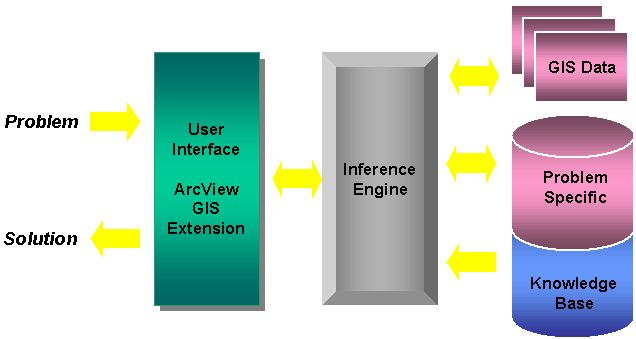(1) How did ERP help improve business operations at Shell?
ERP help improve business operations at Shell by operations that span from wells and mines, to processing plants, to oil trucks and to gas pumps. Rate For example, the ERP system has helped the company immensely in terms of reducing and streamlining the highly manual process of third-party contractors submitting repair information and invoices.
(2) How could extended ERP components help improve business operations at Shell?
~ ERP solution solved these inadequacies by providing an integrated web-based service order, invoicing and payment submission system. Third-party contractors can enter service orders directly into Shell’s ERP system via the web easily and faster.
~ Contractor’s monthly summarized invoices can be generated automatically and fed directly into ERP system’s account payable application for processing.
~ Help speed up maintenance and repair operations at the company’s refineries.
(3) What advice would you give Shell if it decided to choose a different ERP software solution?
It depends on the suppliers or contractors that want to search the Shell Company’s website. If the system that they choose can satisfy the user or the contractors the software can be proceed to use. If not Shell must use the ERP software that they already have. Must be remember, people want the easier work and if people already knows and common with the system before, they will make the work effective and efficiency. Changes can be made but not too complicated until exist the difficulty feel for them.
(4) How can integrating SCM, CRM, and ERP help improve business operations at Shell?
- Shell will have a lot of suppliers to supply the materials that they want to sell. Therefore, Shell must determine the suitable supplier to give them the products such as supplier for junk food, water, petrol and else.
- Shell want built the good relation towards their customers by giving Shell card. Customers will use the card to get point. Then when the points become increase, Shell will give reward or present to their customers.
- For the ERP, Shell will have their own website to make the contractors easy to make any transactions, exchange, payments and else.






.jpg)



